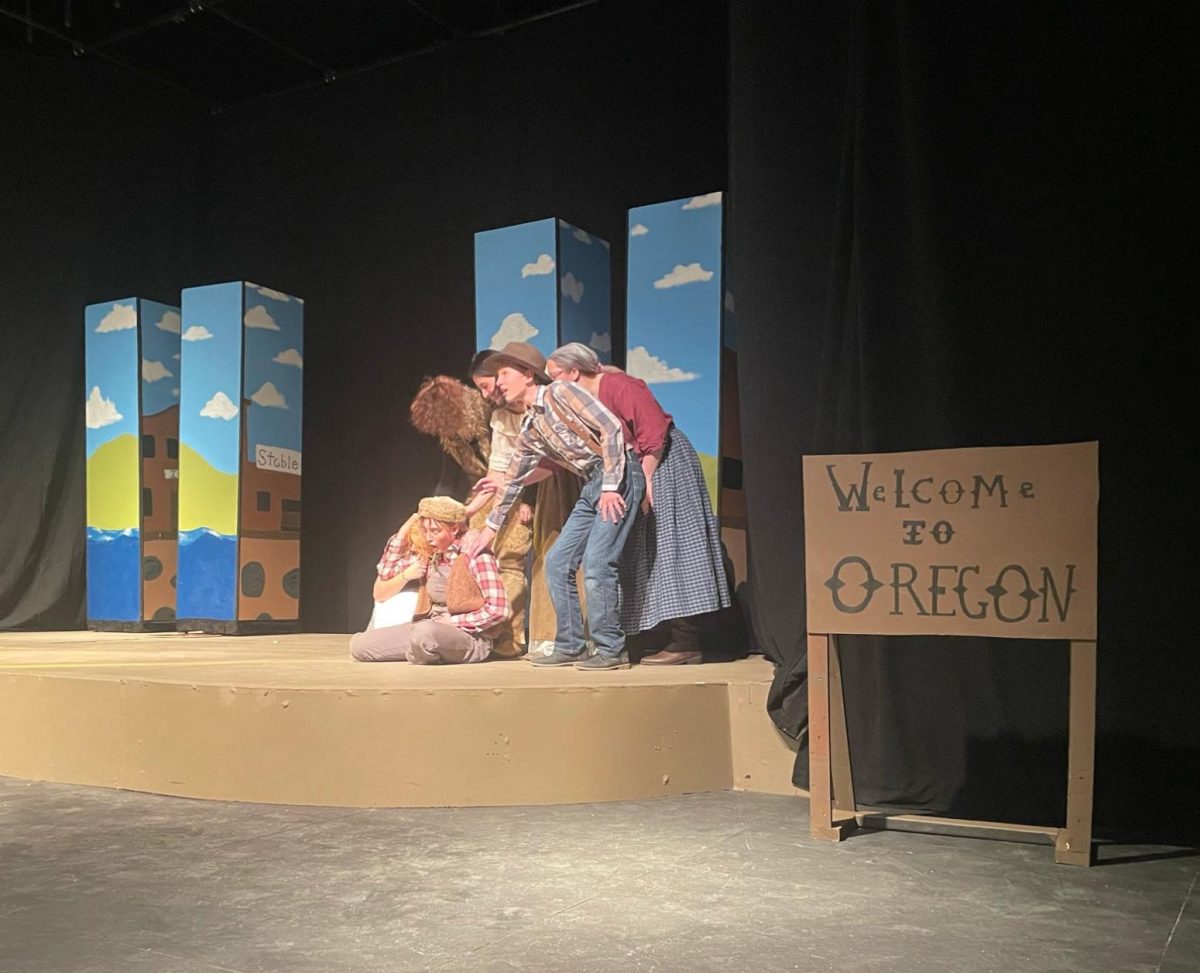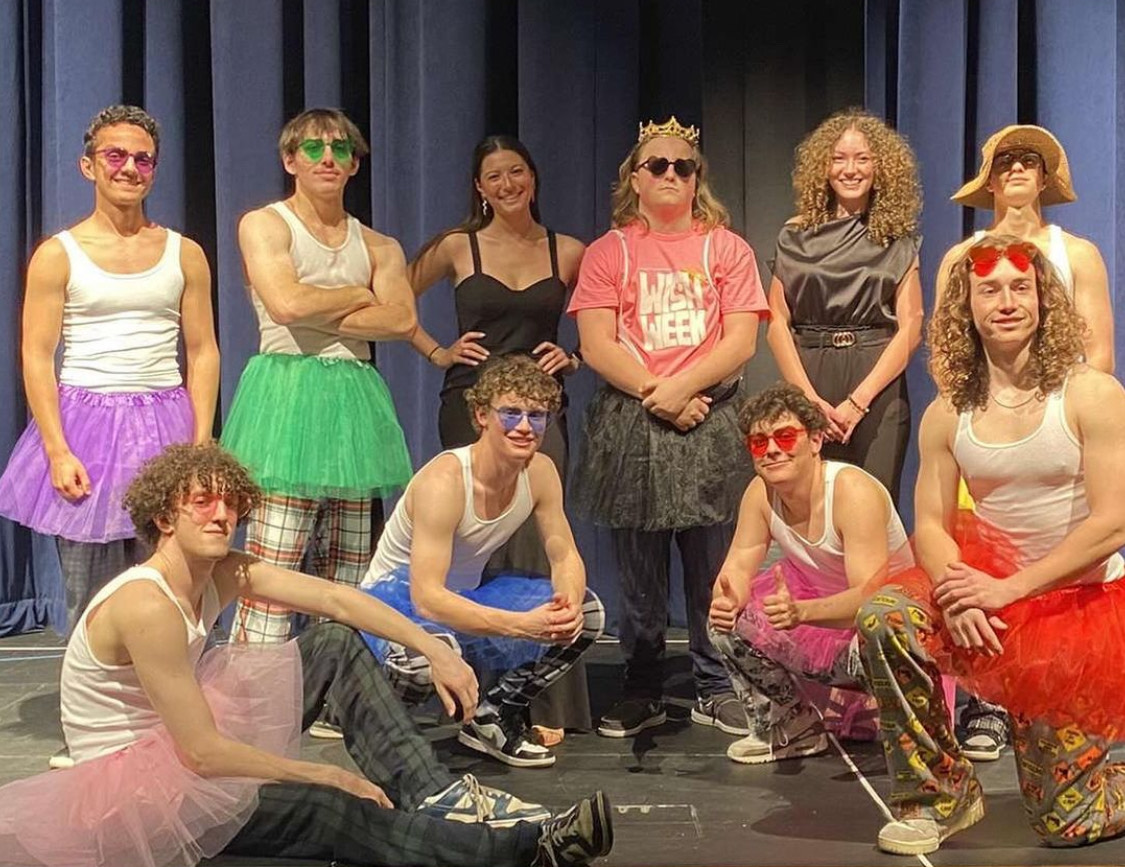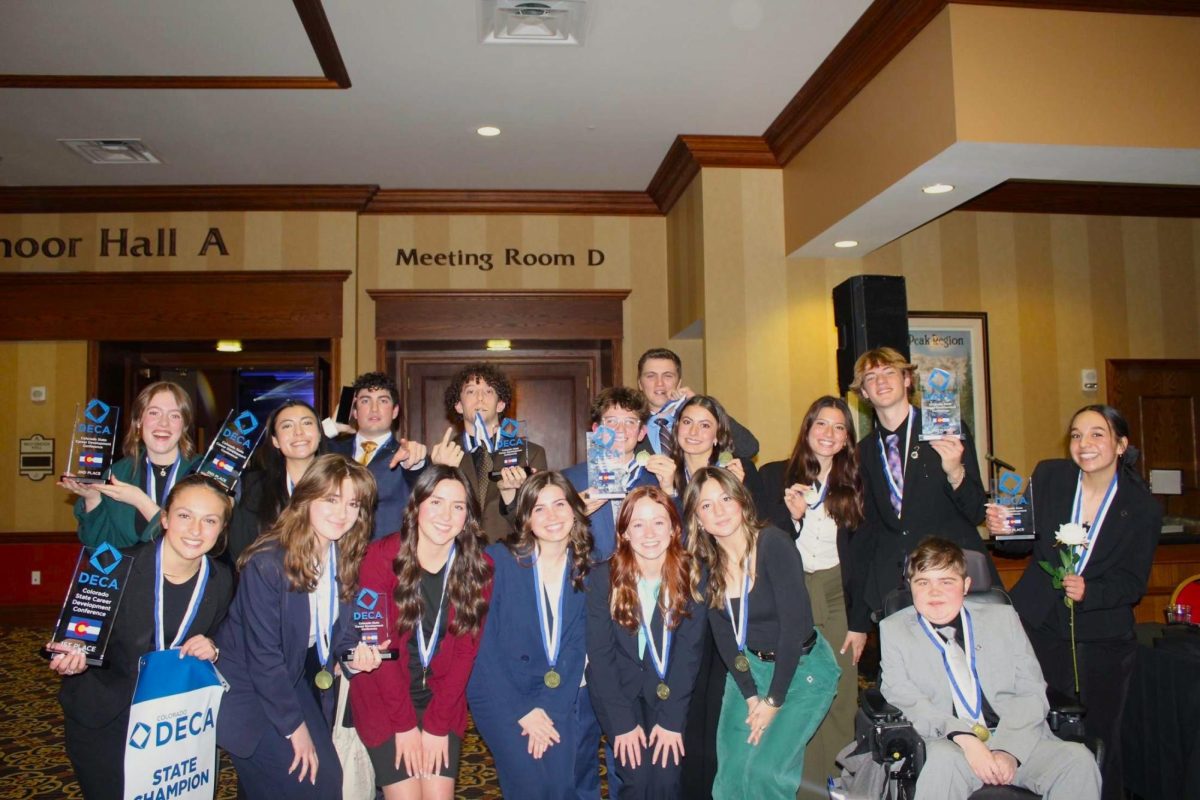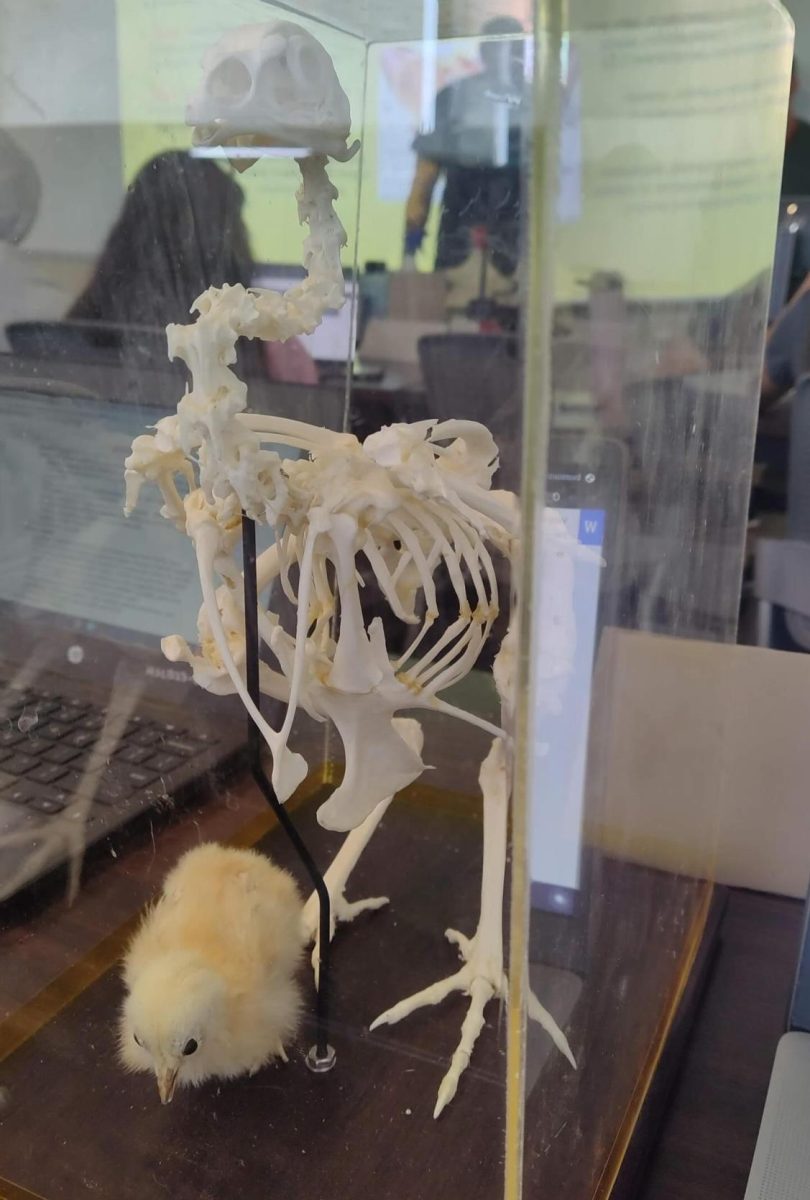Senior Practicum has been a long-standing class at both Palmer Ridge and Lewis-Palmer for many years. At its core, Practicum works as a capstone project for theatre seniors. Prac students are given a budget and are expected to produce an entire show of their choosing on their own.
Despite its high revere, Senior Practicum has struggled for many years in students registering for the class. As a general rule for LPSD 38 high schools, if a class does not have more than 15 students registered, it is unable to run. With not enough students signing up to take this course, it is possibly unable to run, regardless of how important it is to students. “High school theatre has meant a lot to me these past few years and its where most of my friends are,” explains Riley Shell (12), “it’s an opportunity for everyone in the class to find ways to lead ourselves and learn valuable life skills.”
To work around registration issues, practicum has been combined with Theatre Production [Technical Theatre] courses. This means two classes are working in the same room, making the total number of students well over the 15 needed.
However, this was not sustainable for a long period. It is difficult for a teacher to take two roles in the same room. As a solution, it was decided that from the 23-24 year and onward, Senior Practicum will be opened to juniors and seniors, as well as being part B of the Advanced Theatre course you may take starting in your junior year.
With the new rules in place, theatre students eagerly awaited what Prac may look like this year compared to any other class before them.
Class started January 5th, with 25 students registered for the course. For comparison, during the 22-23 year, only seven students were in practicum, requiring it to combine with Theatre Production.
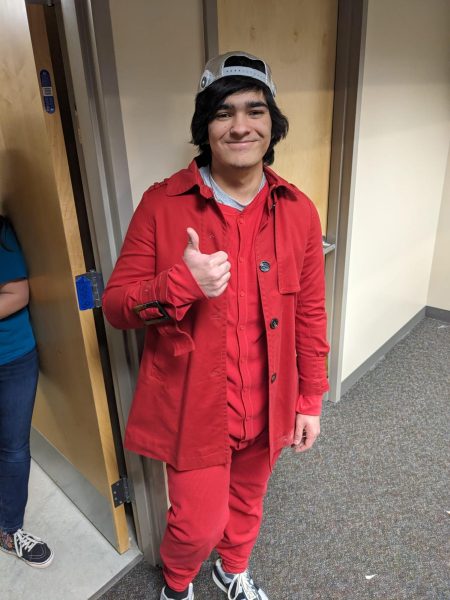
For some, allowing Juniors has not made a large difference, “because most of my friends are juniors, I honestly have not noticed a difference in them being in the class versus it just being seniors. Some people are concerned that a junior could take the spotlight in a role or leadership position since they have another year and it is the seniors last theatre production while in high school” Riley Shell (12).
However, others have felt mistreated or looked down upon being the new juniors in a predominately senior class. “Taking prac as a junior is kind of weird, I feel like nobody is listening [to us],” complains Tucker Nono (11).
With a larger group, many were excited to take on more ambitious shows than their predecessors, with them having many more resources at their disposal. “In a larger group, we have many varying talents at our disposal and have the opportunity to put on a larger production like a musical,” Says Riley Shell (12).
After lots of deliberation over multiple class periods, Practicum had narrowed the show options down to three possibilities: Alice by Heart, The Bold, the Young, and the Murdered, and The Trail to Oregon. Communicating in such a large group proved difficult, however. “Class is kind of like a pool of ideas being thrown out and seeing what stays. The large group is great for producing big shows, but very bad for communication,” explains Tucker Nono (11).
Surprisingly, two out of the three top choices were musicals. A musical has only been attempted twice before, with I Love You Because and I’m Sorry the Bridge Is Out, You’ll Have to Spend the Night.
With a final vote, the group landed on Alice by Heart, a World War II retelling of the Lewis Carroll classic Alice in Wonderland. However, conflict arose when it was discovered that the licensing company, Music Theatre International, would take up to 15 business days to process the request. If approved, the class would have to wait upwards of 5 more business days after signing the contract to receive scripts and other production materials. The licensing company did not provide an estimate for cost before applying, so the class was left in the dark on the cost of the production.
The following week, Prac got their information from Music Theatre International, finding that Alice by Heart would put them more than $700 over their budget. Throwing a wrench in their plans, the class had to decide whether or not the cost of the show changed their feelings.
After another few days of consideration, it was put to another vote: continue with the original winner, Alice by Heart, or the runner-up The Trail to Oregon. Winning 11-7, The Trail to Oregon was switched to their show. The show, based on the 1971 video game The Oregon Trail, follows a family on their journey from Mississippi to Oregon, seeking homesteads and a better quality of life. Throughout their journey, the family faces danger, disease, and the mysterious Bandit King.
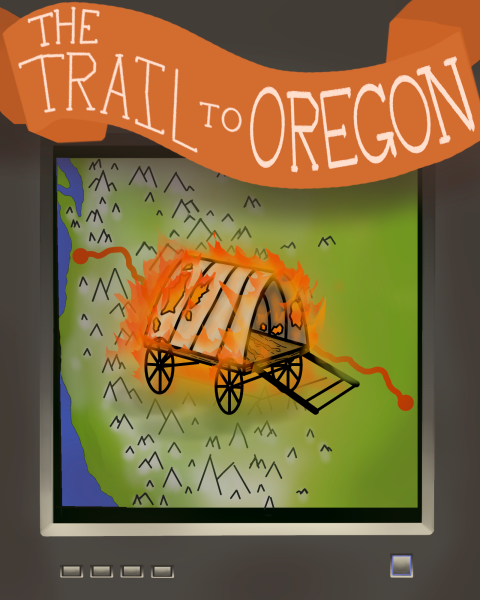
Performing The Trail to Oregon presented unique challenges, though. The show, in similar fashion to the original video game, required audiences-“the players” to decide the names of everyone in their wagon party. This requires every performer to be prepared to have a different name every single night. The audience also chooses a character to die at the end, giving the show five possible endings that needed to be rehearsed.
The group auditioned on February 6th with the cast list posted and finalized on the 8th. Auditions were tough, including singing, dancing, and reading for characters. “I was really anxious for auditions, but I knew I was going to do great,” Tucker Nono (11).
With the leadership team of Ashlyn Boomer on Vocal Direction, Lina Flores and Victoria Lange on Choreography, Sabrina Seifert Stage Managing, Nora Harron Technical Directing, as well as Jayna Patrick and Olivia Murphy working as the primary Directing Team, the cast and crew were in good hands to prepare for a strong show.
After a long rehearsal process, despite many bumps along the way, The Trail to Oregon performed its first show on may 2nd, with the final two shows on May 2nd.

